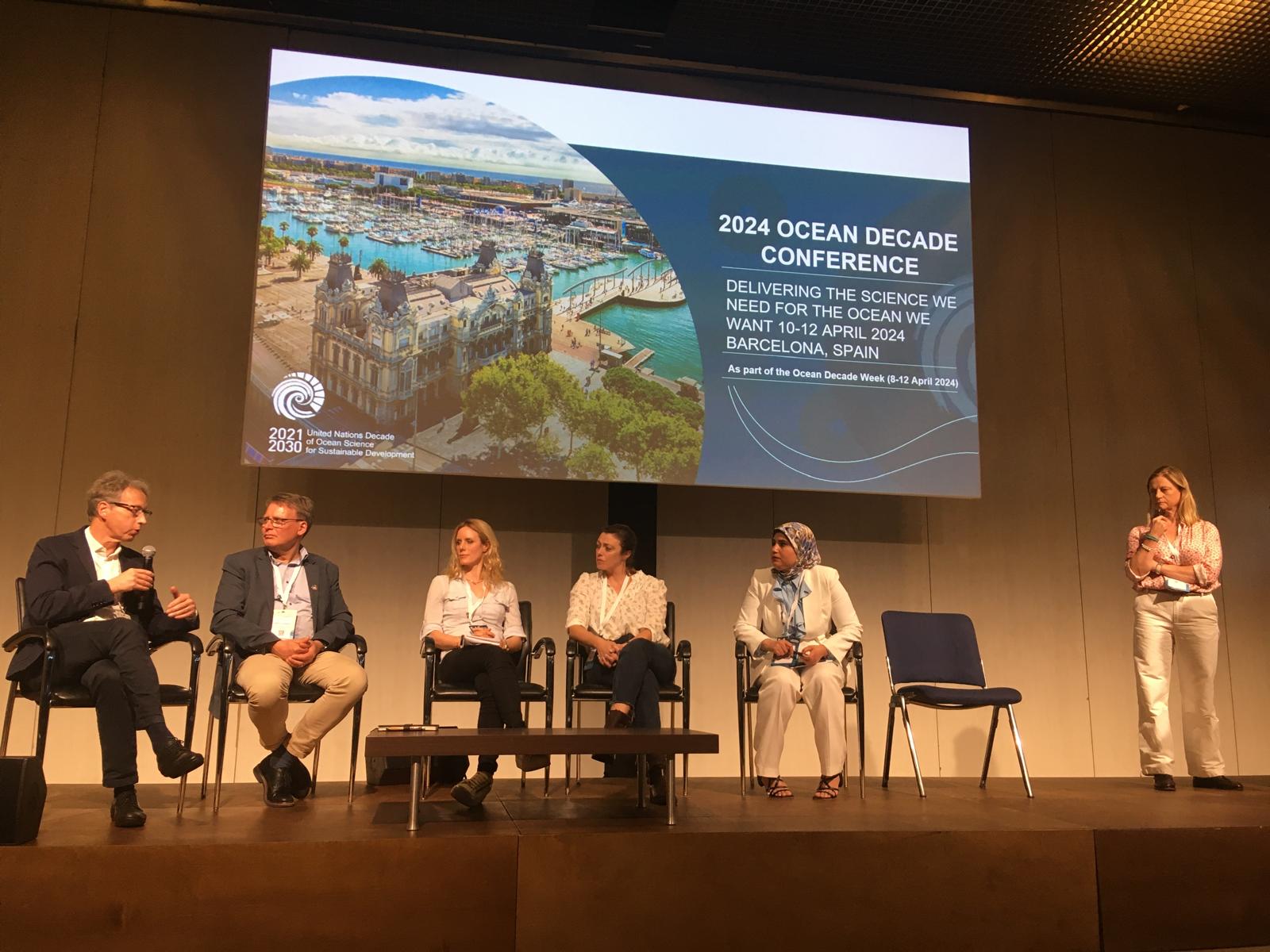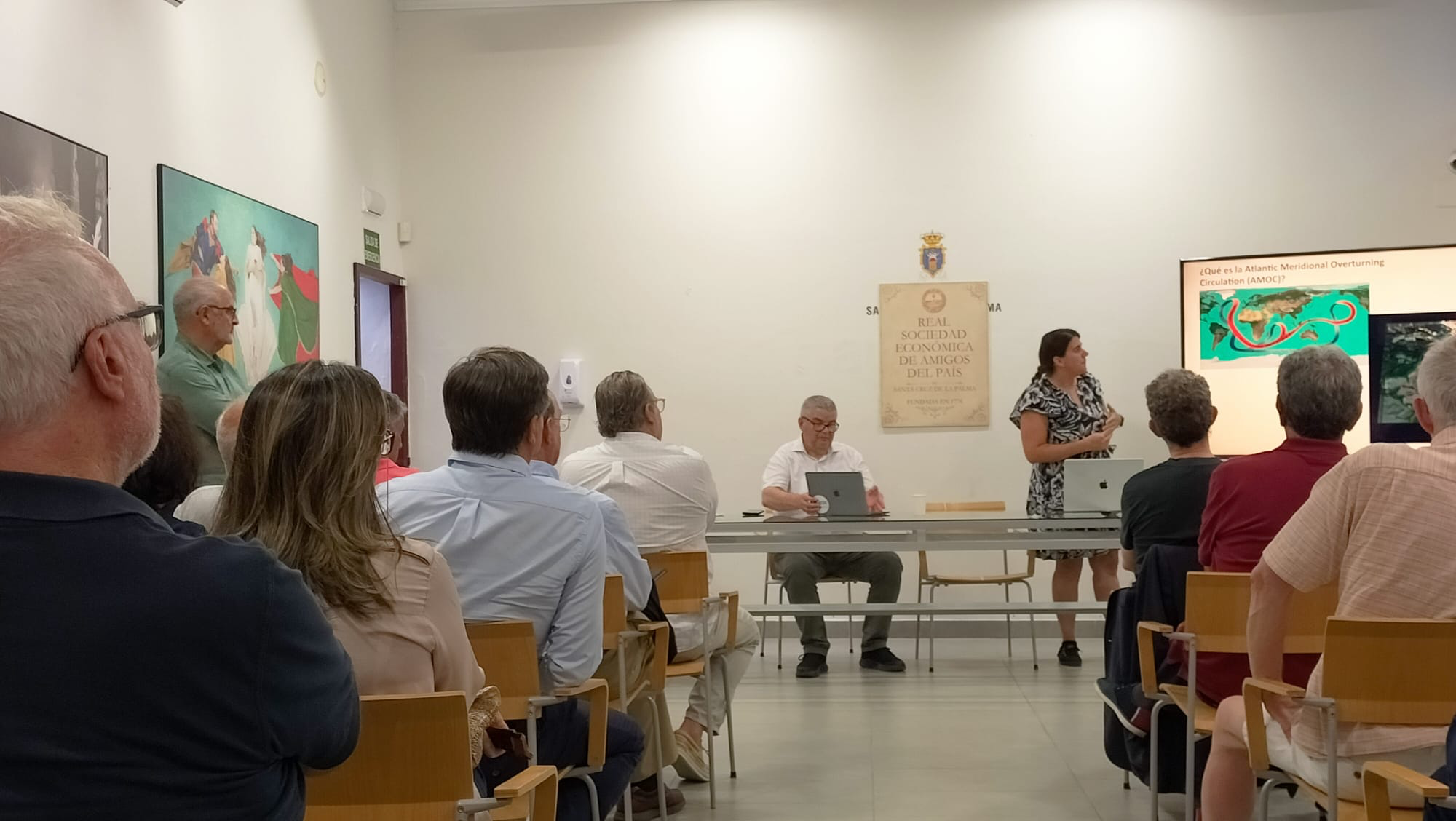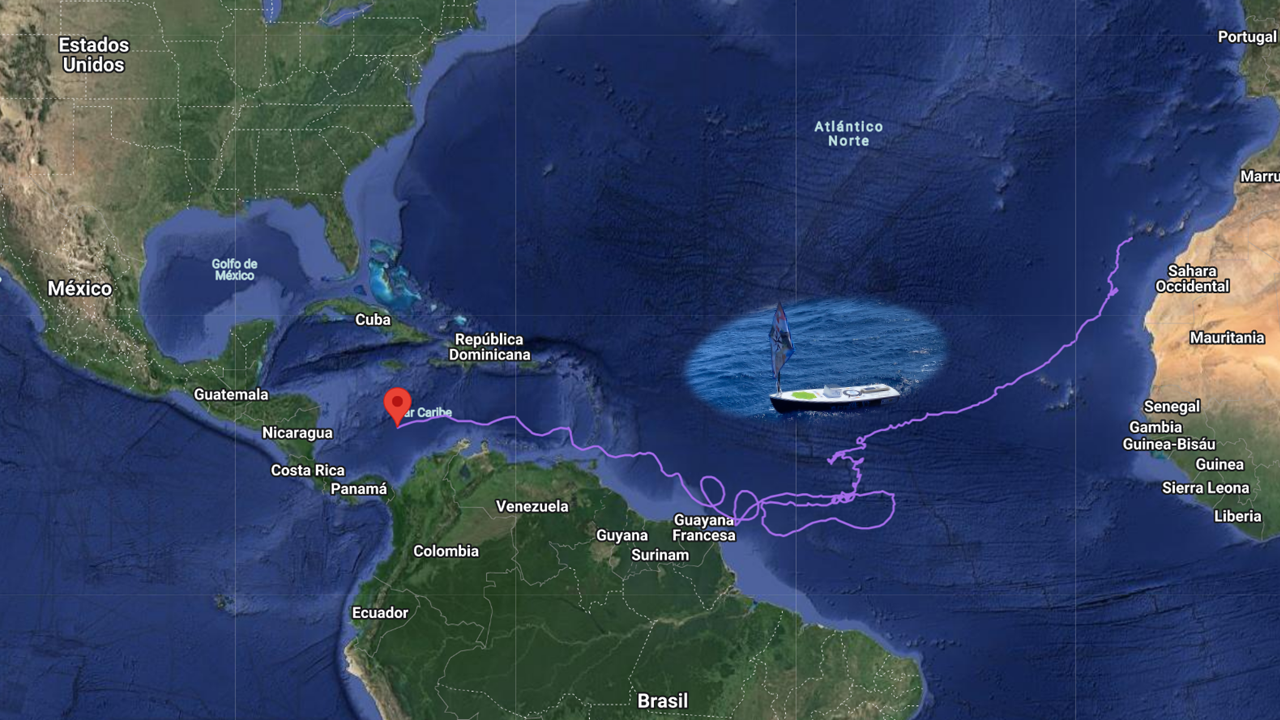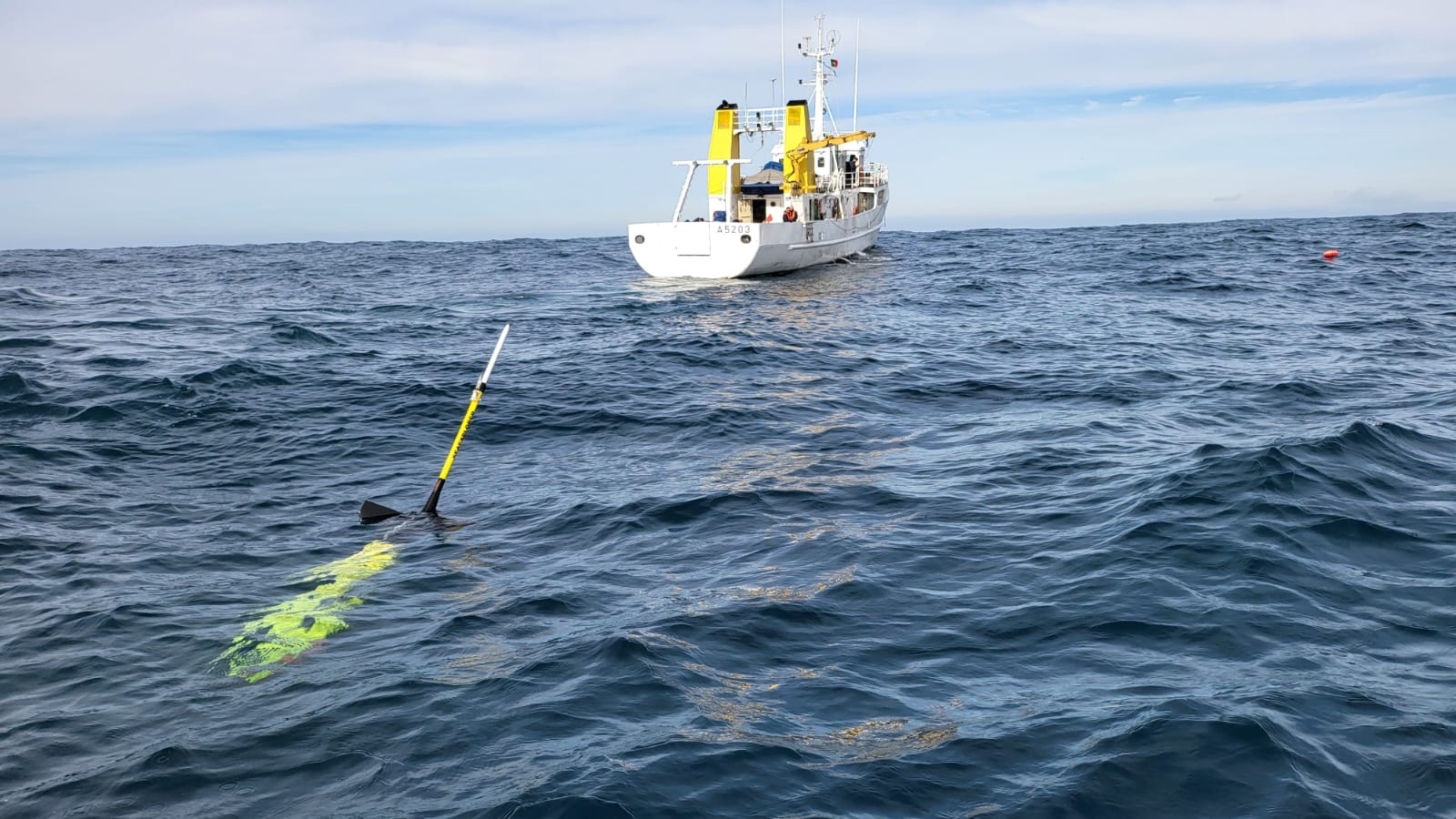An autonomous wave glider surface vehicle from the fleet of the Oceanic Platform of the Canary Islands was deployed today in the waters near the port of Tazacorte, on the west of La Palma, to further observe and monitor the impact of the volcano on the waters and marine ecosystems.
The wave glider is equipped with scientific instruments that continuously measure atmospheric and meteorological variables on the surface and salinity, temperature, dissolved oxygen and marine noise in the water. Thanks to these instruments, the study of the impact caused by the lava entering the sea will continue, thus ensuring continuous observation, required to assess the evolution of this natural phenomenon under real conditions.
The wave glider is a surface vehicle powered by wave energy and will perform sampling on predefined routes in waters close to the newly formed lava deltas. As it is an unmanned vehicle, it has a greater operational capacity at sea in terms of time and data input, which means more efficient and sustainable observations.
The wave glider is operated from the Operations Centre at VIMAS, PLOCAN’s underwater vehicles, instruments and machines division.
The waters off the west coast of La Palma, particularly near the newly created lava deltas, are home to significant populations of cetaceans. For this reason, the wave glider is equipped with a hydrophone to detect their presence – a task it performed during the volcanic eruption.



